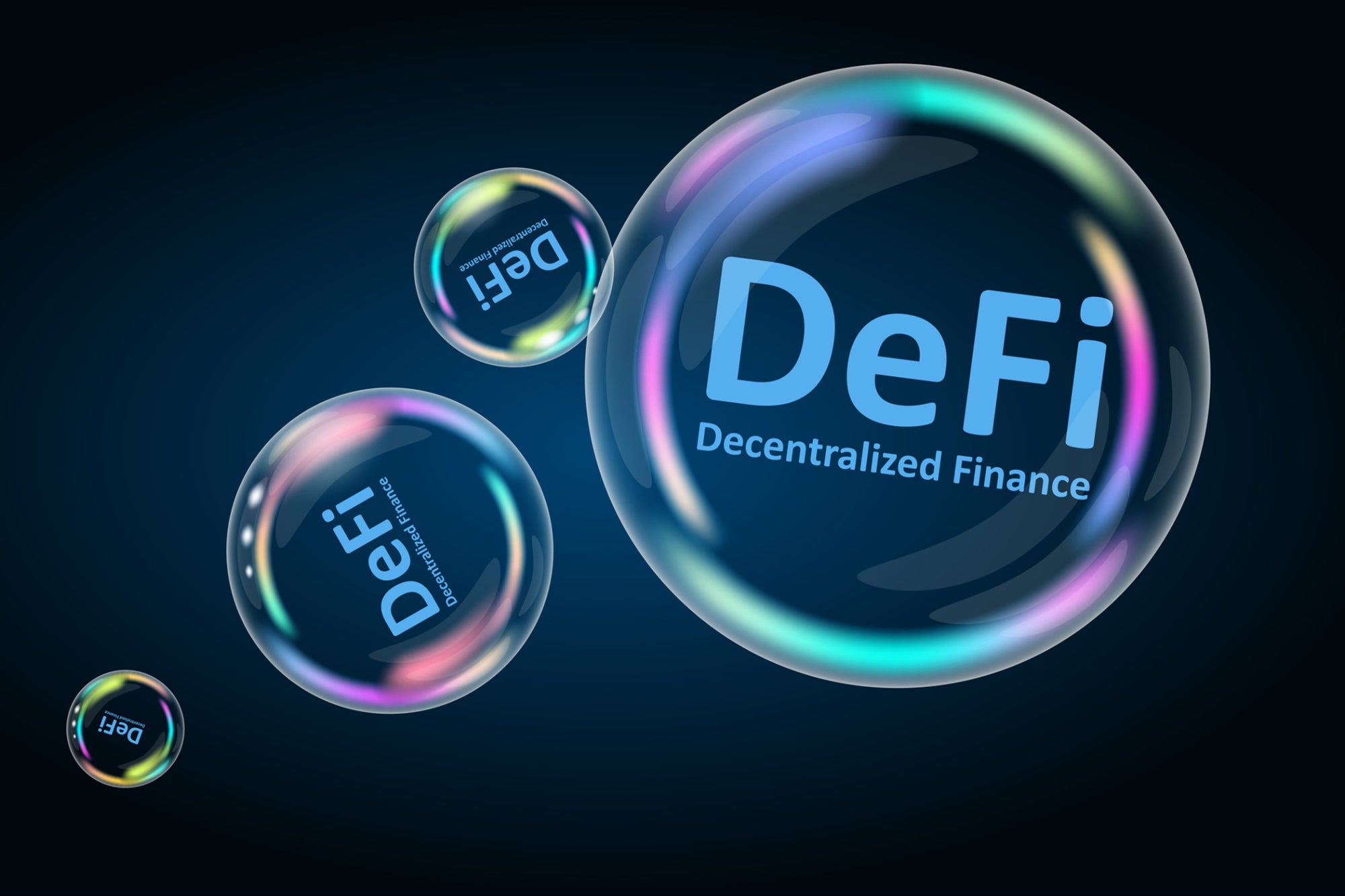Decentralized Finance, or **DeFi**, has grown from a term in cryptocurrency circles to a full-fledged financial revolution. DeFi is no longer a fringe movement by 2025; it is a fast expanding ecosystem that is transforming how individuals throughout the world access, manage, and increase their money.
Whether you’re new to DeFi or want to learn more, this guide will explain what it means today and why it’s considered a game changer in the world of finance.
What is DeFi?
DeFi (Decentralized Finance) refers to financial instruments and systems created on public blockchain networks. These platforms allow users to **lend, borrow, save, trade, and invest** without the need for banks, brokers, or centralized financial institutions.
DeFi replaces human middlemen with **smart contracts**, which are self-executing computer programs that automate transactions and enforce regulations. Most DeFi apps operate on networks like as **Ethereum**, **Solana**, **Avalanche**, and newer blockchains that prioritize speed and low costs.
The essential premise is that **you** control your money, not your bank. Not the government. It’s just you, your wallet, and a decentralized network.
How Does DeFi Work in 2025?
In recent years, DeFi technologies have improved dramatically in terms of usability, scalability and security. Here’s how DeFi is utilized today:
* **Lending and Borrowing:** Platforms like as Aave and Compound let users to earn money by lending crypto or borrow funds using crypto as collateral. No paperwork, no waiting.
**Decentralized Exchanges (DEXs):** DEXs such as Uniswap and SushiSwap provide peer-to-peer token trading straight from digital wallets.
* **Staking and Yield Farming:** Users can generate passive revenue by staking coins or lending liquidity to trading pools.
* **Synthetic Assets:** Protocols let users to create digital assets that resemble equities, currencies, or commodities, providing exposure without owning the real-world item.
* **Stablecoins:** Blockchain-based currencies such as USDC, DAI, and USDT have a constant value and are commonly utilized in DeFi for transactions and savings.
By 2025, many DeFi apps will be connected with **cross-chain bridges** and **Layer 2 networks**, making them quicker, cheaper, and more accessible across several blockchain ecosystems.
Why DeFi is a game changer.
1. **Global Access to Finance**.
Traditional banking remains out of reach for over a billion people globally. DeFi removes these obstacles. Anyone with a smartphone and internet connection may open a wallet and quickly get access to lending, savings, and investing opportunities.
This worldwide accessibility levels the financial playing field and creates new opportunities in areas previously neglected by traditional banking.
2. **Ownership and autonomy**.
DeFi allows you to **be your own bank**. You store your assets in non-custodial wallets, which means no third party may freeze or take them. You decide how to invest, spend, and develop your wealth—on your own terms.
This level of autonomy appeals to people who value privacy, self-control, and freedom from centralization.
3. **Increased Potential Returns**
While DeFi is riskier than regular financing, it also provides greater income potential. Interest rates for lending, staking, and liquidity provision frequently beat bank savings accounts, particularly in emerging countries.
DeFi, with token rewards and unique tactics, provides several opportunities to build your portfolio provided you manage risk correctly.
4. Transparency and Trustless Systems
Every DeFi transaction is documented on public blockchains. This implies that anybody can check protocol functionality, track payments, and audit activities. There is no need to “trust” a financial institution; you can verify everything yourself.
Risks To Consider
The advantages of DeFi are not without drawbacks.
* Bugs and weaknesses in smart contracts might cause hacks. * Token price volatility can affect the value of your holdings.
**Rug pulls and scams** persist in unregulated portions of the ecosystem. **Regulatory uncertainty** may affect platform operations in your country.
That’s why you should conduct your own research, select reputable platforms, and diversify your holdings.
The Future Of DeFi
By 2025, DeFi will have progressed from a crypto niche to a critical component of global finance. Banks and governments are researching methods to incorporate decentralized technologies. Every day, new users are onboarded via mobile applications, instructional tools, and tokenized assets.
Whether you’re an investor, a saver, or just inquisitive, DeFi is opening up a world of financial independence that you can’t miss.
Final Thoughts
DeFi in 2025 is more than just a trend; it represents a paradigm change. It empowers people, eliminates barriers, and democratizes access to money. If you haven’t looked into it before, now is the moment to discover how decentralized finance may help you plan your financial future. The future era of money has arrived—and it is decentralized.

Leave a Reply